No, I haven’t spelled (spelt?) ‘prehistoric’ wrong. If something or someone (god forbid) is peristeronic then it means it or they relate to or resemble a pigeon.
The etymology is pretty straightforward – the ancient Greek word for dove or pigeon is ‘peristera’. Both of these birds come from the columbidae family. We get a couple of nice words from that as well:
‘columbarium’ – another word for a pigeon loft or a dovecote (I wonder why pigeons get lofts but doves gets cotes? Seems a bit racist), and also any type of vault which has niches for storing urns in it
‘columbine’ – which means of or relating to a dove, in innocence, gentleness, colour and so on. It’s also the name of one of the stock characters in commedia dell’arte (a form of popular theatre from 16th-century Italy that Inside No. 9 used as a basis for an episode that most people – including me – didn’t understand).
Time for pigeon facts. Pigeons are monogamous and mate for life. Mum and dad pigeons share parental responsibilities equally, meaning they’re already far more evolved than most humans (and I bet there’s no gender-pay gap). They’re also pretty clever. Aside from their awesome navigational abilities – an Oxford University study found that pigeons use manmade landmarks as signposts and often fly along roads and motorways, even changing direction at junctions – they can apparently recognise all 26 letters of the English alphabet and solve problems (I think I need a pigeon assistant).
GI Joe. He’s not dead, he’s resting.
Homing pigeons were used extensively during the First and Second World Wars for communication and reconnaissance. In fact, pigeon USA43SC6390, AKA GI Joe, saved the lives of the inhabitants of an entire Italian village, and the British troops who were occupying it, on 18 October 1943. Air support had been requested to deal with German soldiers in the village (called Calvi Vecchia). GI Joe flew 20 miles in 20 minutes to deliver a message that the British 169th (London) Infantry Brigade had captured the village, arriving just as the planes were getting ready to take off to bomb the target. He saved the lives of at least 100 men. GI Joe was given the Dickin Medal (which sounds rude but isn’t) for ‘the most outstanding flight made by a United States Army pigeon in World War II’.
I’m not crying, I’ve just got something in my eye.
‘Feed the birds’ from Mary Poppins – the dirty old bird lady always makes me well up.





